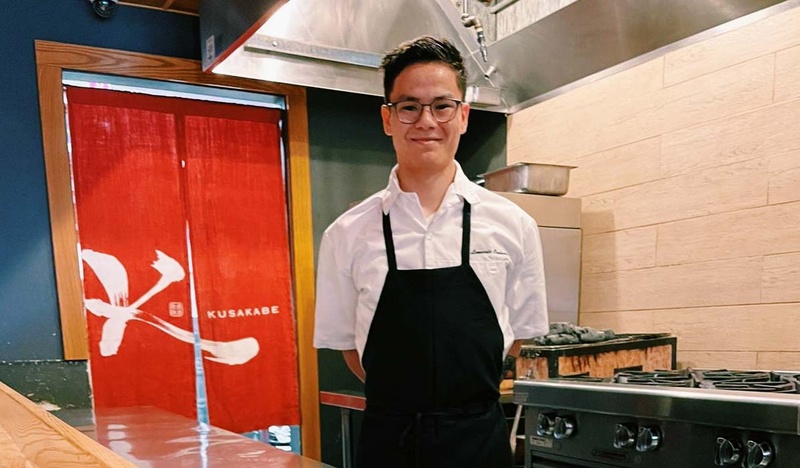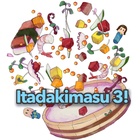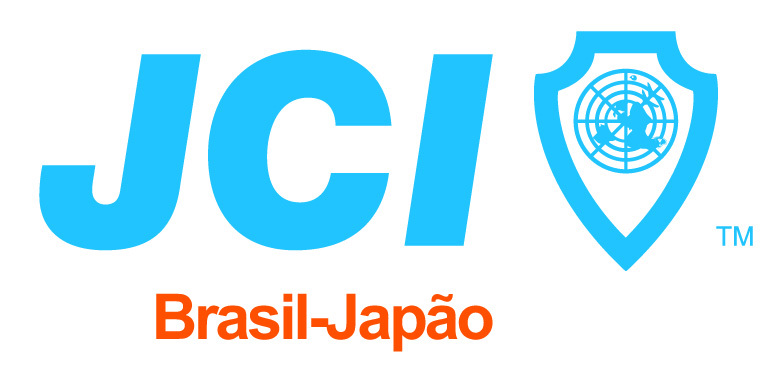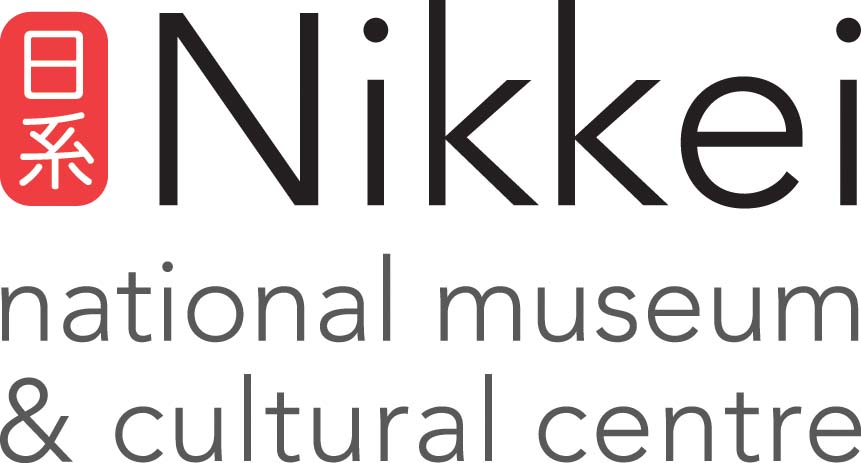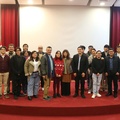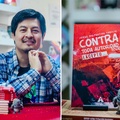When he lived in Lima, no arrow or sign indicated to him that the path to his professional future would be in the kitchen. Although he liked to make desserts, as soon as he finished school he moved to Florida, United States, and started working as a cashier at a gas station. “My first experience in the kitchen was as a waiter, when the Peruvian Nikkei chef Oscar Noborikawa invited me to see how he prepared sushi.”
His skill with knives captivated him and it was then that he decided to learn the art of Japanese cooking. “I remember being asked to roll a roll with cucumber, which previously had to be finely cut ( katsuramuki ) and no one could do it, only the chef, because the rest of us did not have that level of experience and skill.” During breaks, Leonardo started practicing and cut his left thumb several times.
“But after more than 50 cucumbers and three weeks of constant dedication, I managed to do it.” Unknowingly, Leonardo was in the wake of other Japanese masters who made their way in America, such as Nobu Matsuhisa . In fact, Noborikawa, from whom he learned the most in cooking, worked at the Nobu restaurant in Miami for almost 14 years. He would be the one who, after meeting him and working together, would recommend him to his next teacher.
Following the path
In Miami, Leonardo worked with Noborikawa at the prestigious Ke-uH restaurant, whose menu is diverse and eclectic, using Japanese fusion in varied styles, in a modern environment that stands out for its creativity. “But I wanted to learn more about traditional Japanese food and Oscar recommended me to Chef Nori-San (Mitsunori Kusakabe), who was the one who trained and taught him several years ago.”
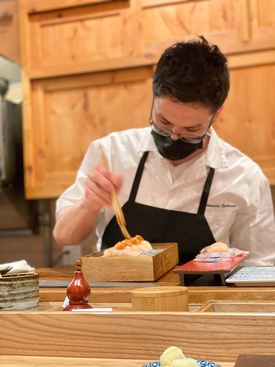
Kusakabe restaurant is in San Francisco and is known for making the best sushi in the city. Oyakawa decided to continue his path of learning. “I felt a little insecure at first since I went from making sushi rolls and nigiris to working in an Omakase restaurant (a Japanese expression that means that the customer is left in the hands of the chef to choose the dishes) and in one of the most cosmopolitan, modern and demanding cities in the world.”
Leonardo says he was willing to work for free to learn. “A couple of weeks after I applied, they interviewed me and told me they wanted to test me on a day of work. “I bought my ticket, went to take the test and returned to Miami.” Almost a month later, he received the call he had been waiting for, they offered him a position at Nori-San's Kusakabe. The suitcases were ready.
Cooking Classes: Japanese
“It is a tremendous experience to be part of Kusakabe,” says Leonardo, who arrived in times of pandemic, at the age of 22, willing to be infected by the passion of his colleagues and the wisdom of Nori-San, who has achieved Michelin stars in two restaurants. and multiple international awards. Kusakabe is described in this same guide as “serene, with clean lines and wrapped in warm light: design as a sign of identity seems to be the motto of this place specializing in sushi (…) rest assured that every bite will be memorable ”.
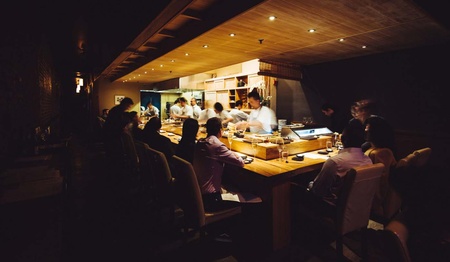
Mitsunori Kusakabe is also a kaiseeki chef, a style of traditional Japanese cuisine that began in the 13th century and is defined by a series of codes and ceremonies related to perfection. “Nori-San has extensive knowledge of Japanese food and culture and does not limit himself to using only Japanese ingredients in his dishes, which I find very ingenious.” Follow the Michelin guide: “start with a seaweed tea, before embarking on a sashimi festival with slices of bluefin tuna served with yuzu, onion and sesame sauce.”
On the streets of San Francisco, Leonardo enjoys the unimaginable culinary diversity available in the city. “There is always something new to try that gives me ideas to create and improve in my kitchen.” I haven't been able to visit Japan yet, but it is one of my planned dreams. First, on his itinerary, Peru appears. “He has been waiting for me for five years and I hope to be able to go next year to visit my family.”
Cooking Classes: Nikkei
His oba, Kimi, was a master of Creole cuisine. Among his favorite dishes were rice with chicken with potatoes a la huancaína and pachamanca in the pot, his favorite dish. Although Japanese cuisine has been present in the United States for a long time, Leonardo Oyakawa believes that Nikkei cuisine is still not as well known, “in the future, I would like to open my restaurant here and introduce diners to Nikkei food, including Peruvian ingredients to honor my identity.”
He identifies as Peruvian, but like every Nikkei, he has always been in search of that something that brings him closer to his Japanese roots. “Food has that effect on me,” he says by return email. “Peru saw me born, but Japanese culture helped me find myself,” adds the chef who likes to experiment with fusions at home in his home cuisine, a little French, Italian and Japanese, with touches of Peruvian and Chinese. , Vietnamese and Spanish to Brazilian.
“When I think about my Nikkei side, I remember a lot of my mother and the values that she instilled in me and my brothers and sisters since childhood: always be honest, help those who need it, learn to work as a team, give my best in every task, whether small or big.” That and punctuality, a way to show respect for others, says Leonardo, who sees a Nikkei restaurant on his way where he can prepare tamagoyaki, a dish that seems simple, but is very difficult to do well.
© 2022 Javier García Wong-Kit
Nima-kai Favorites
Each article submitted to this Nikkei Chronicles special series was eligible for selection as the community favorite. Thank you to everyone who voted!


